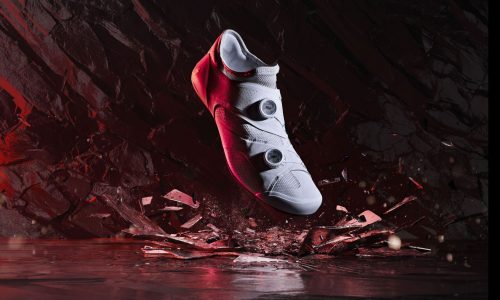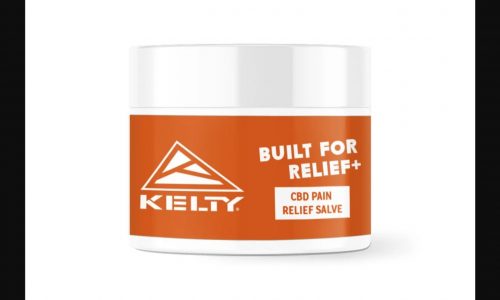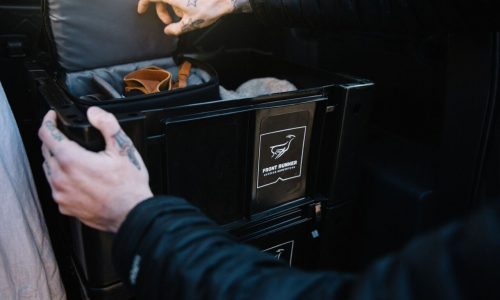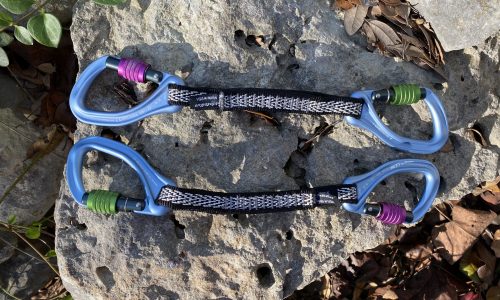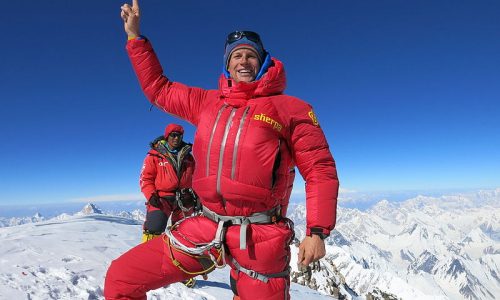Salida Mountain Sports Owner Nate Porter has been in the outdoor retailer business for 26 years, helping thousands of Southern Colorado customers handpick the perfect backcountry ski set-up, three-season tent or expedition pack.
His store is located on Salida’s historic F Street, just steps away from the rushing whitewater of the Arkansas River, but his product mix is focused more on the massive looming mountains of Colorado’s Collegiate Range of 14,000-foot peaks to the west. Simply put, Porter sells a LOT of hiking boots.
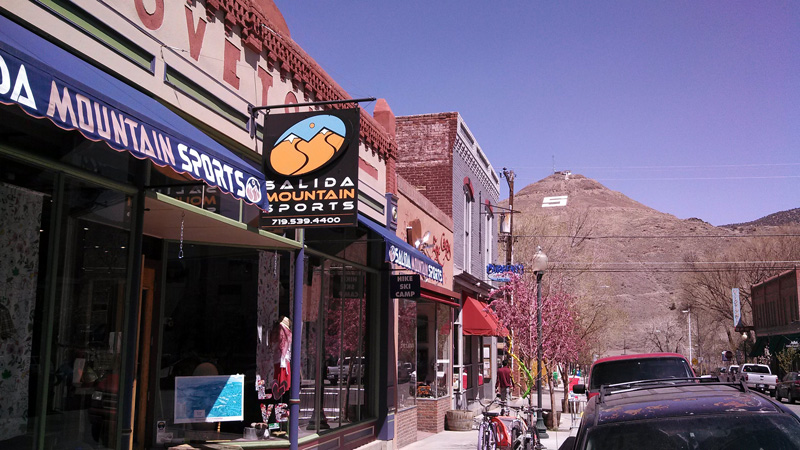
From expedition minded peak-baggers to daytrippers in search of mountain meadows, Gear Institute asked him to share a few of his favorite tips for getting your feet in the perfect boots.
What are your three tenants for shopping for hiking boots?
- Bring the socks and insoles you want to use with the boots. Wear proper socks, meaning something wool or synthetic. Not cotton.
- Try on a few models in the category you’re planning on buying. You may be surprised by the fit of something you haven’t tried.
- Don’t make a hasty decision. We allow people to purchase the boots, wear them around the house for an evening and return them if they aren’t happy.
How do you and your staff categorize the different types of hiking boot customers?
We see a variety of hiking boot customers, from very casual day hikers who want to traverse mellow terrain, to more hardcore folks doing 14’ers and multi-day tips. In our market, we tend to see a lot of summer people vacationing who maybe didn’t plan their footwear accordingly and want something lightweight that they don’t need to put a lot of effort into breaking in and can use right away.
Then we tend to see two different types of locals. Number one are the people who work in boots, will wear them into the ground, and tend to come into the store at about the same time every year. The other is the local hiker who keeps their boots as long as they can, and when they buy a new pair tend to plan a break-in period in the spring or fall.
What questions are you most likely to ask each customer?
- What will you be using the boot for?
- What boot do you have now?
- Do you use orthotics or after market insoles?
- Do you have good socks?
The classic though is, “What will you be using this for?” Based on the answer to that, I can probably pull out some shoes and give them the room to self-guide their purchase. I find that the more each person is part of the decision-making process, the happier they are with their purchase.
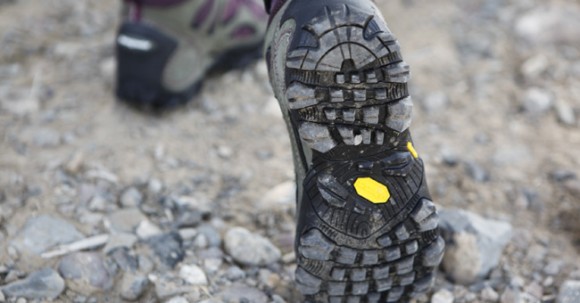
What questions are you most likely to hear from the customer?
- Is this boot waterproof?
- How long will it last?
- Does it come in a variety of widths?
- What is the warranty?
Sometimes people also want to know where it’s made—especially if it’s made in the U.S., although other than say Keen, that’s not really an angle.
Price is also always a factor. But I’ve found that if it’s something they really need, they’ll buy it.
What are the most common mistakes people make when they are buying boots?
Coming in with a preconceived notion of what size they want, and not being willing to stray from that, such as saying, “I’m an 8 in everything.” Or not trying both boots on and walking around in them for a few minutes.
What other items do people typically buy with their boots?
After market insoles, like Superfeet, a few pairs of socks, and waterproofing treatments like Nikwax.
Any tips for keeping your boots in great shape for years to come?
Depending on how much you wear them, the type of boots, and what type of terrain you use them in, boots are not necessarily going to last for years. If you find a boot you like, it may be worth buying two pair and alternating, wearing one pair, then the other. This sounds like a sales pitch, but it will make both pair last longer, and you never know when a manufacturer will quit making your favorite boot.
You should also keep them treated with something to preserve the leather, and be sure to dry them out after getting them soaking wet. A great way to do this quickly is to stuff newspaper in them. Never dry near a heat source. This could make them shrink, and is hard on the materials.
Anything else?
A couple of interesting things we’ve been seeing in the market include the resurgence of heavier footwear and people buying multi-day boots for bigger hikes. We’re seeing the same thing in packs as customers have been coming in looking to carry a heavier pack. People are getting interested in backpacking again.
We’re also seeing the evolution of minimalist footwear. Not as minimal as FiveFingers, which was a total junk show for most people, but a happier medium of light and flexible which still offers a certain amount of support and protection.
Final thought?
When you’re buying new boots, it should all come down to fit. People get sidetracked if they focus on anything else.










